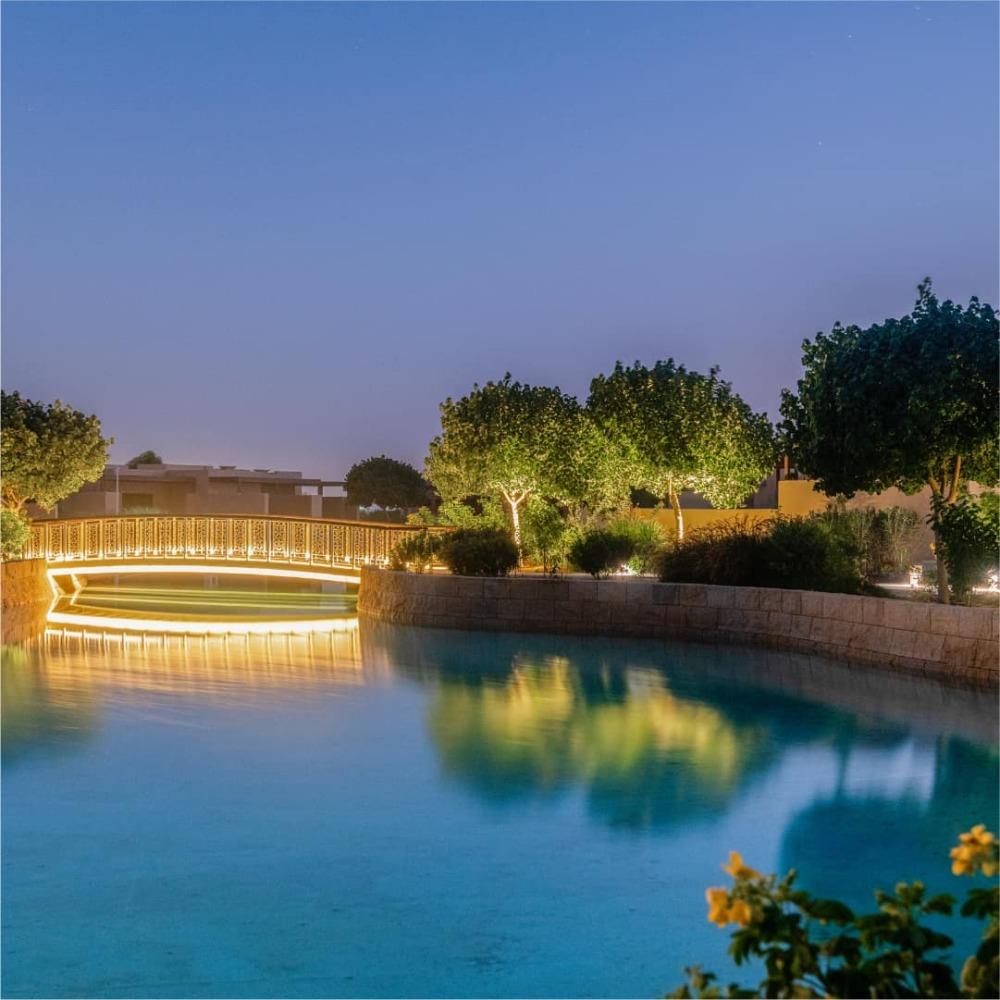
Qatar Leads Global Shift Towards Intelligent Cities
Doha, Qatar: Qatar is moving from“steel and concrete” to“sensing and cognition” as it accelerates its transformation into a smart nation.
According to a report by the TASMU Smart Qatar Programme, the initiative is advancing a nationwide digital transformation across key sectors such as environment, transport, and logistics, embedding smart technologies, data-driven civic services, and wellness infrastructure into the urban fabric.
Commenting on the data, an official explained that Qatar's approach is unique for integrating long-term vitality into the city's core design and infrastructure.“What makes Qatar's model so striking is that wellness and longevity are not lifestyle add-ons as they are being coded into the operating system of the city itself,” Dmitry Kaminskiy, General Partner of Deep Knowledge Group, told The Peninsula.“This is not about gadgets or apps, but about embedding excellent quality of life into the infrastructure citizens rely on every day.”
Read Also-
MECC launches National Strategy to Combat Desertification
Prime Minister honours 60 long-serving teachers
Falconry in Qatar: from heritage hobby to key industry, tourism icon
Cybertruck now available for sale in Qatar: Tesla
Msheireb Properties wins Smart Built Environment Awards 2025 for Innovation in Architecture
At the district scale, Msheireb Downtown Doha has been master-planned as a sensorised 'smart heritage' city, combining traditional Qatari urban form with smart energy, mobility systems, and automated building controls. Meanwhile, Lusail City incorporates district cooling, automated waste collection, and centralised utilities into its design, making operational intelligence a core system rather than a retrofit.
Researchers highlight that these measures are already tied to wellness outcomes. Msheireb deploys continuous ambient air-quality monitoring (via Oizom nodes) and high-efficiency HVAC systems to reduce pollutants and heat stress, while Lusail operates one of the world's largest district cooling networks to stabilise indoor climates and lower carbon emissions.
“From a longevity perspective, clean air, stable indoor climates, and low environmental load are not luxuries,” Kaminskiy noted.“They directly affect sleep quality and long-term wellbeing. Qatar is showing that urban infrastructure can be a sustainable technology.”
The regional analyst stressed that environmental markers such as air quality, temperature, humidity, noise, and light are increasingly being linked with biophysical markers and psychological states.
In Msheireb, building management systems already regulate environmental variables as the next phase is connecting them to wearable-derived data for personalised microclimates in homes and offices. Kaminskiy said,“This is where Qatar is moving beyond the global smart city norm. By linking clinical and genomic data to building management systems, they are effectively creating 'biomarker-aware' environments. It's a bold step toward cities that can adapt to human biology in real time.”

Legal Disclaimer:
MENAFN provides the
information “as is” without warranty of any kind. We do not accept
any responsibility or liability for the accuracy, content, images,
videos, licenses, completeness, legality, or reliability of the information
contained in this article. If you have any complaints or copyright
issues related to this article, kindly contact the provider above.
Most popular stories
Market Research

- Mutuum Finance (MUTM) New Crypto Coin Eyes Next Price Increase As Phase 6 Reaches 50% Sold
- Bydfi Highlights 'BUIDL' Ethos During Newcastle United Match Against Arsenal
- Flexm Recognized As“Highly Commended” In The Regtech Category At The Asia Fintech Awards Singapore 2025
- Solotto Launches As Solana's First-Ever Community-Powered On-Chain Lottery
- Moonx: The Leading Crypto Trading Platform With X1000 Leverage And Unlimited Meme Coin Access
- Stonehaven Circle Marks 13Th Anniversary With Hadrian Colwyn Leading Calvio Ailegacyx Innovation




















Comments
No comment